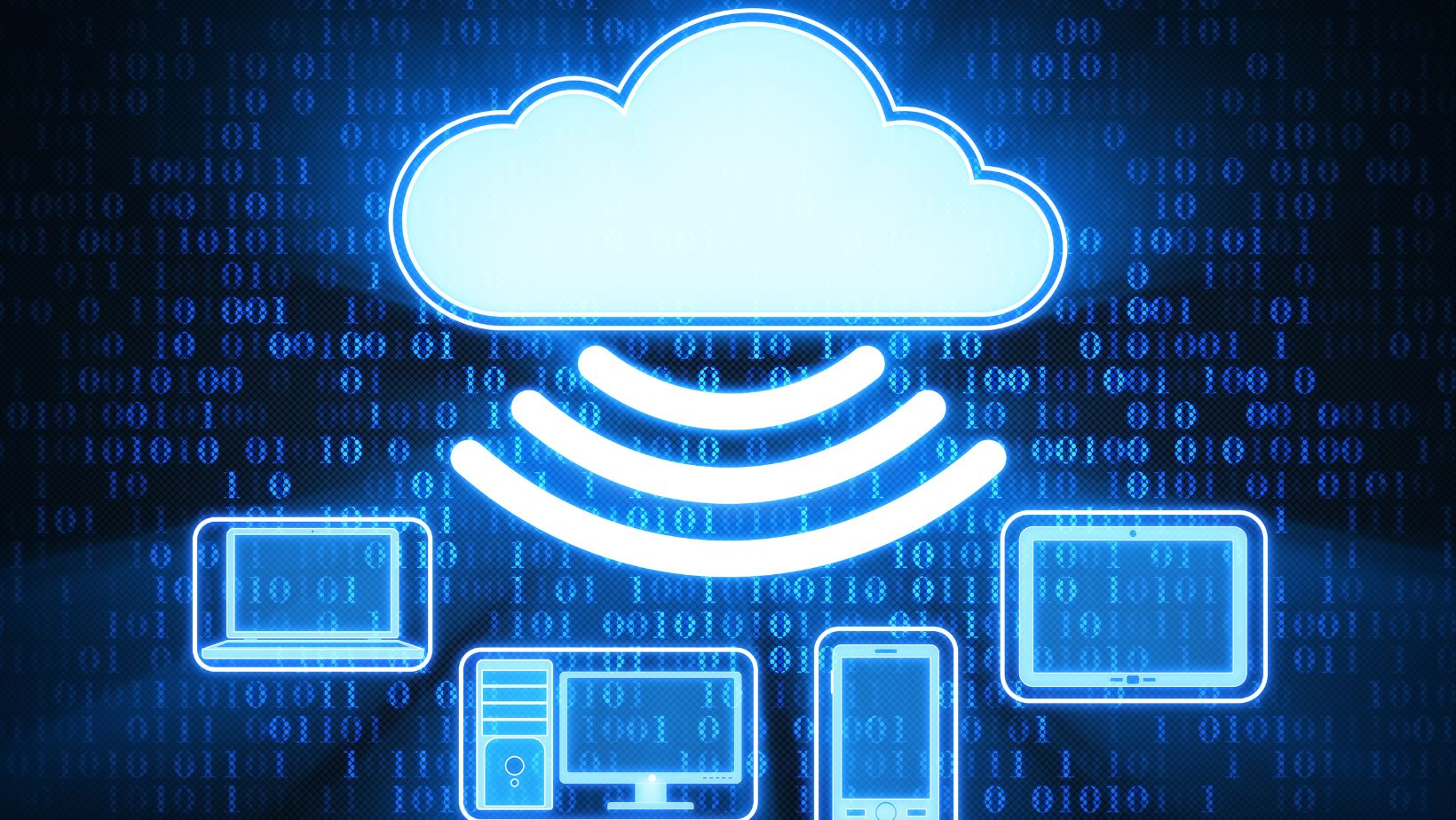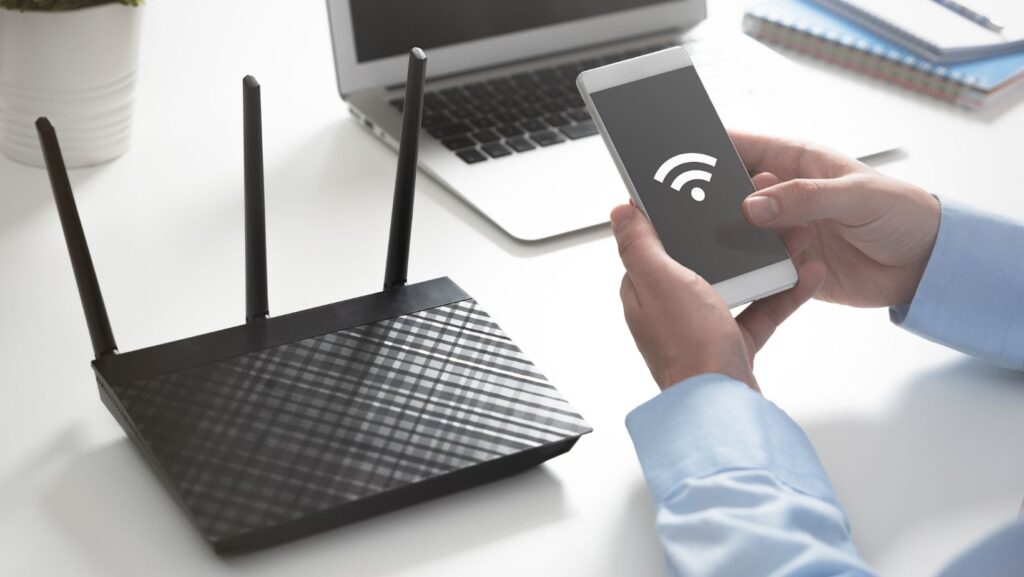In today’s digital age, staying connected is essential, whether for personal use, business, or IoT applications. When it comes to internet access, two main options dominate: Wi-Fi and cellular data. While both provide wireless internet connectivity, they operate differently and offer distinct advantages and limitations. This article explores the differences between Wi-Fi and cellular data to help you understand which might suit your needs best.
What Is Wi-Fi?
Wi-Fi is a wireless networking technology that allows devices to connect to the internet through a local area network (LAN). Typically, Wi-Fi relies on a router connected to a broadband internet service, transmitting data over radio waves within a limited range—usually within homes, offices, or public hotspots.
Because Wi-Fi operates on a private network, users don’t consume data from their cellular plans. It offers fast speeds and low latency when close to the router.

However, its coverage is limited by the physical reach of the router and can be affected by walls or other obstacles.
What Is Cellular Data?
You might wonder, what is cellular data exactly? Simply put, cellular data is internet access delivered through a mobile network operated by cellular carriers. This technology uses a system of cell towers and mobile network infrastructure to provide internet connectivity to devices wherever there is signal coverage, including outdoor and remote areas.
Cellular data offers mobility and broader coverage compared to Wi-Fi. Devices connect through SIM cards to access the network, making it ideal for users on the move or in places without fixed broadband access. Cellular speeds have improved significantly with technologies like 4G LTE and 5G, although data plans typically come with usage limits and costs.
Key Differences Between Wi-Fi and Cellular Data
- Coverage: Wi-Fi coverage is generally limited to a local area, whereas cellular data can provide nationwide or even global coverage depending on the network provider.
- Mobility: Cellular data supports seamless connectivity while moving, such as when traveling by car or train. Wi-Fi requires staying within range of the router.
- Cost: Wi-Fi is often included in fixed broadband packages and can be unlimited, while cellular data plans usually have data caps and may incur additional charges.
- Security: Wi-Fi networks, especially public hotspots, can be vulnerable to security risks without proper safeguards. Cellular networks generally offer more secure data transmission.

- Speed and Latency: Wi-Fi often provides faster speeds and lower latency within range, but modern cellular networks have narrowed this gap.
When to Use Wi-Fi vs Cellular Data
Choosing between Wi-Fi and cellular data depends on your location, mobility needs, cost considerations, and security concerns. For stationary use in homes or offices, Wi-Fi is typically preferred due to its speed and cost-effectiveness. Cellular data excels when you’re outdoors, traveling, or in areas without reliable Wi-Fi access.
In the world of IoT, many applications combine both technologies. Devices may rely on Wi-Fi when in range and switch to cellular data when on the move or in remote locations, ensuring continuous connectivity.
FAQs
Can I use Wi-Fi and cellular data at the same time?
Yes. Many devices can connect to Wi-Fi networks while still having cellular data enabled as a backup for internet access.
Is cellular data more secure than Wi-Fi?
Generally, cellular data is considered more secure due to encryption and controlled network access. Public Wi-Fi can be risky if not properly secured.
Which is faster: Wi-Fi or cellular data?
Wi-Fi often offers faster speeds and lower latency within its coverage area, but 4G LTE and 5G cellular networks can match or exceed Wi-Fi speeds in many cases.


